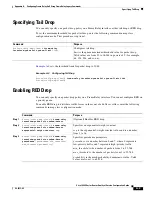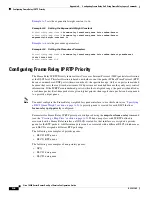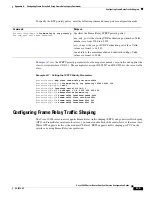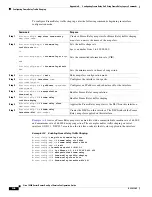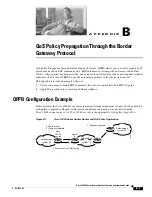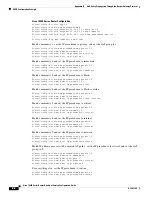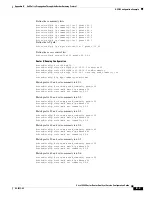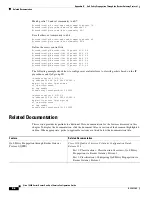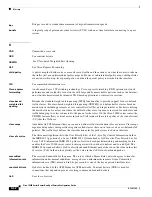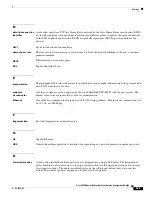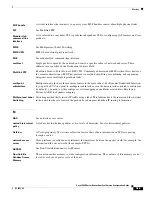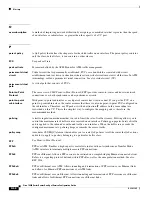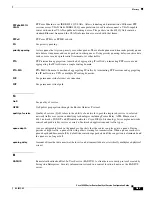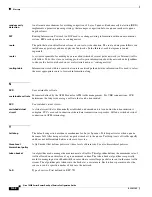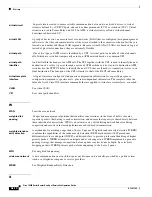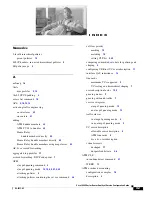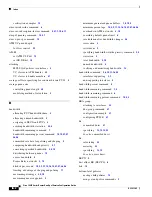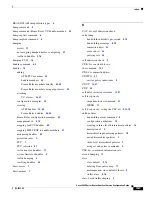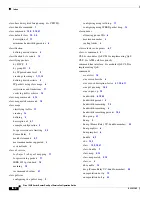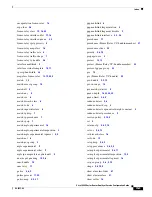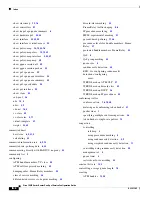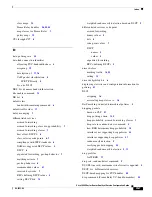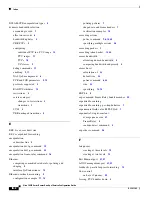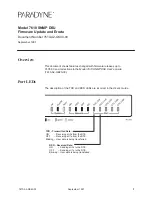
Glossary
GL-5
Cisco 10000 Series Router Quality of Service Configuration Guide
OL-7433-09
MLP bundle
A virtual interface that connects to a peer system. MLP bundles consist of multiple physical links.
MP
See Multilink PPP.
Modular QoS
command-line
interface
Also referred to as modular CLI. A platform-independent CLI for configuring QoS features on Cisco
products.
MPLS
See Multiprotocol Label Switching.
MPLS VPN
MPLS-based virtual private network.
MQC
See modular QoS command-line interface.
multicast
Single packets copied by the network and sent to a specific subset of network addresses. These
addresses are specified in the Destination Address Field.
Multilink PPP
Multilink Point-to-Point Protocol, RFC 1990. Commonly abbreviated as MLP within Cisco; however,
the correct abbreviation is MP. This protocol is a method of splitting, recombining, and sequencing
datagrams across multiple logical data links.
multipoint
subinterface
Multipoint networks have three or more routers in the same subnet. For Dynamic Bandwidth Selection,
if you put the PVC in a point-to-multipoint subinterface or in the main interface (which is multipoint
by default), you need to either configure a static mapping or enable inverse Address Resolution
Protocol (ARP) for dynamic mapping.
Multiprotocol Label
Switching
Switching method that forwards IP traffic using a label. This label instructs the routers and the switches
in the network where to forward the packets based on preestablished IP routing information.
N
NAS
See network access server.
nested hierarchical
policy
A QoS model that defines policies at two levels of hierarchy. See also hierarchical policies.
NetFlow
A Cisco-proprietary IP statistics collection feature that collects information on IP flows passing
through a router.
network access
server
Cisco platform (or collection of platforms) that interfaces between the packet world (for example, the
Internet) and the circuit world (for example, PSTN).
NVRAM
See Non-Volatile Random Access Memory.
Non-Volatile
Random Access
Memory
The router uses this memory to store configuration information. The contents of this memory are not
lost after a reboot or power cycle of the unit.



